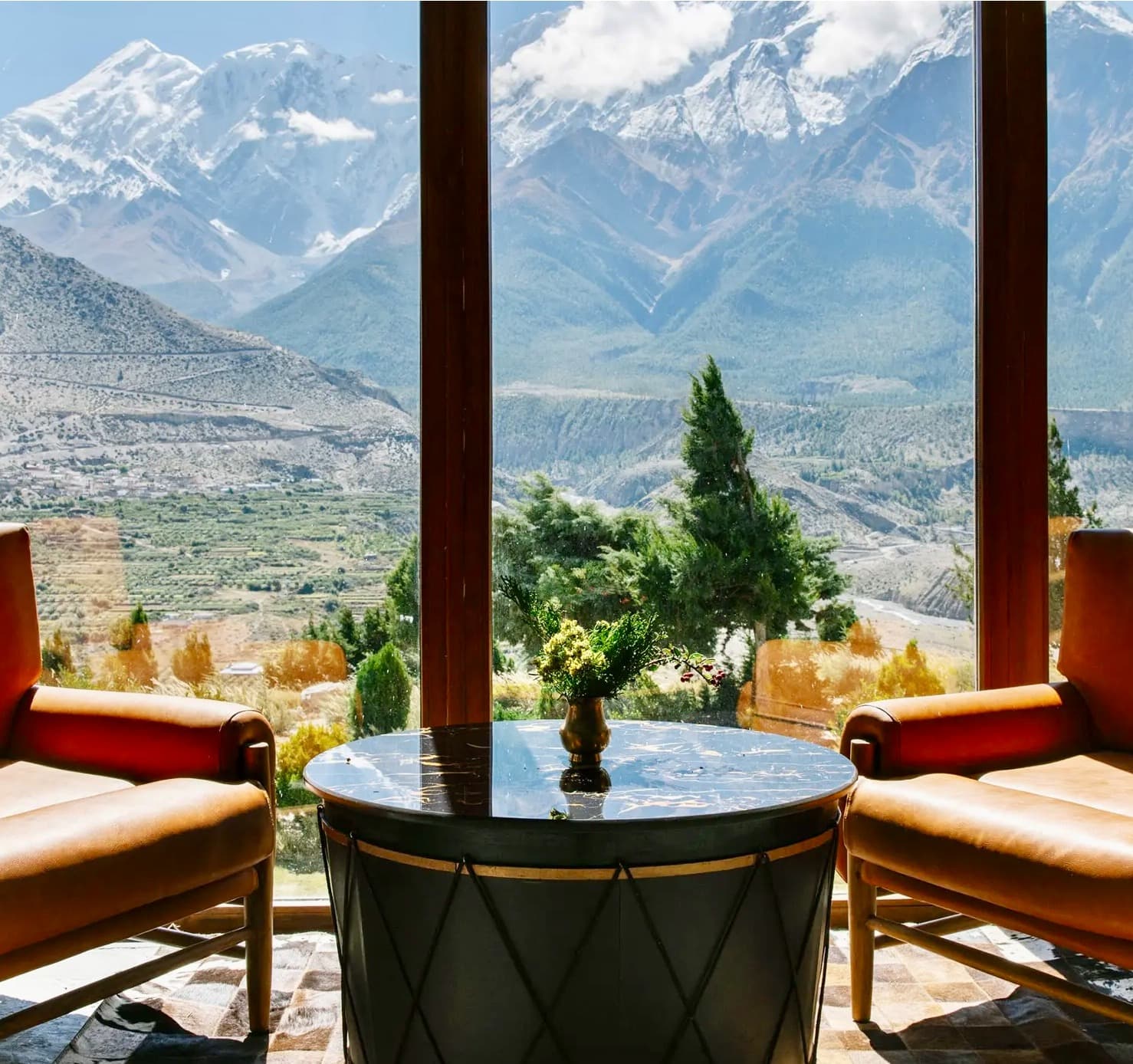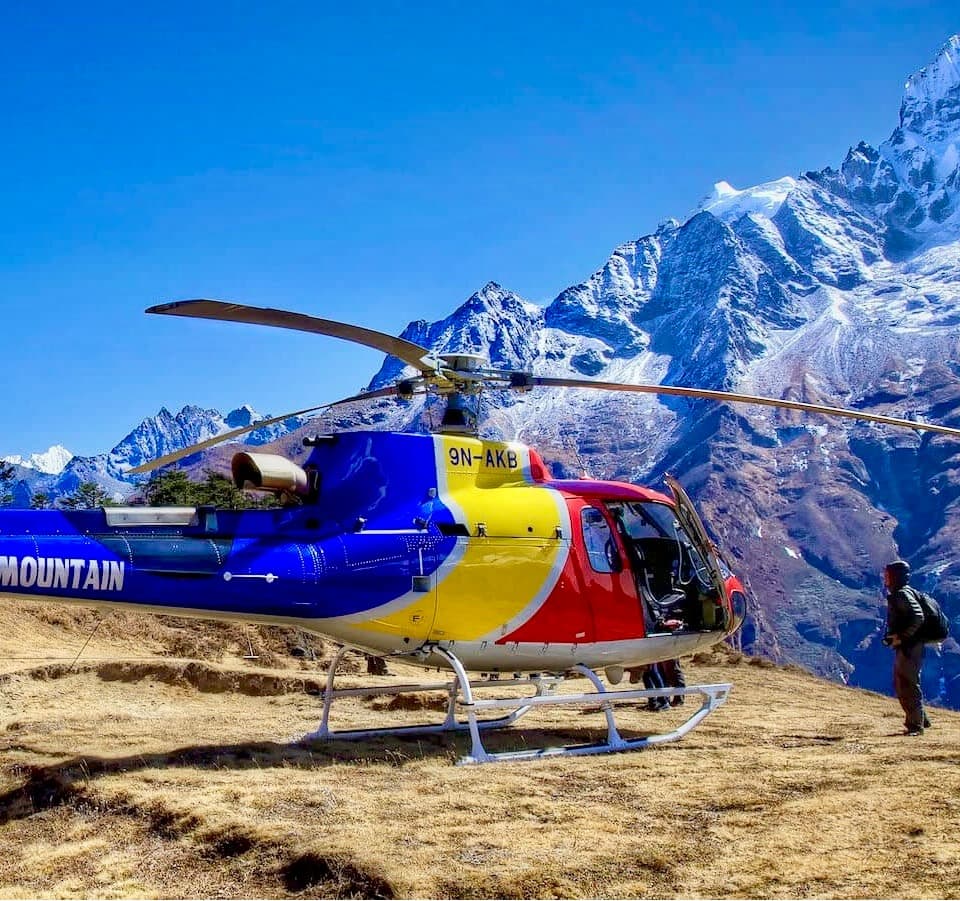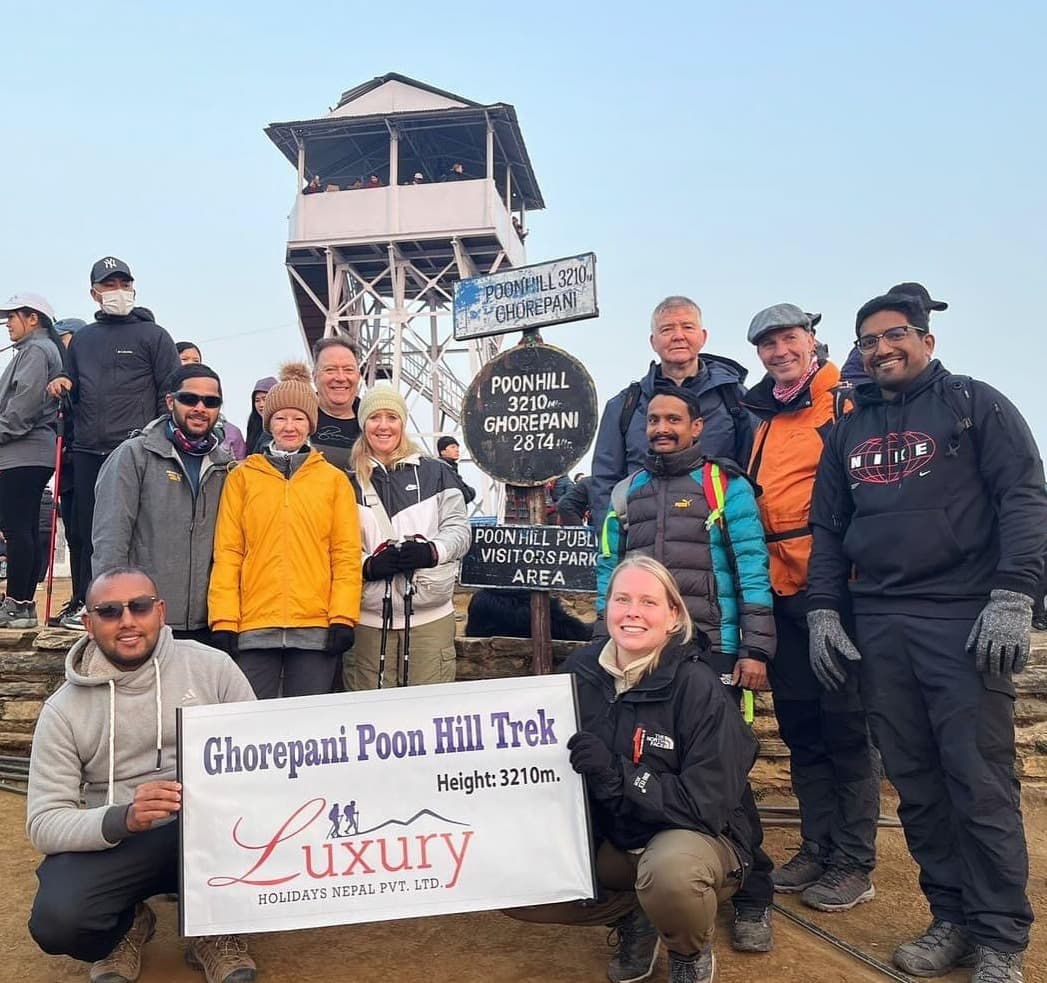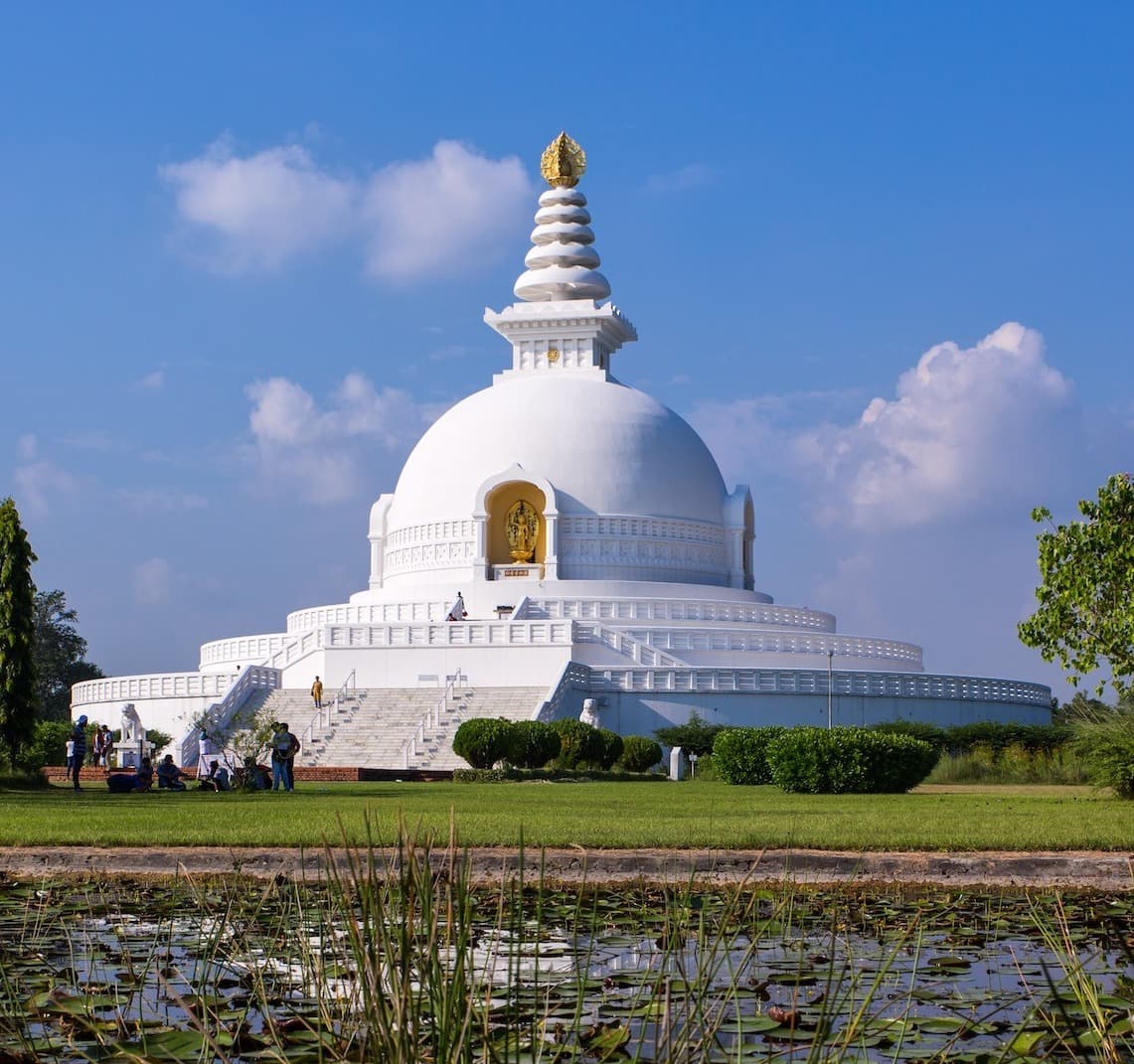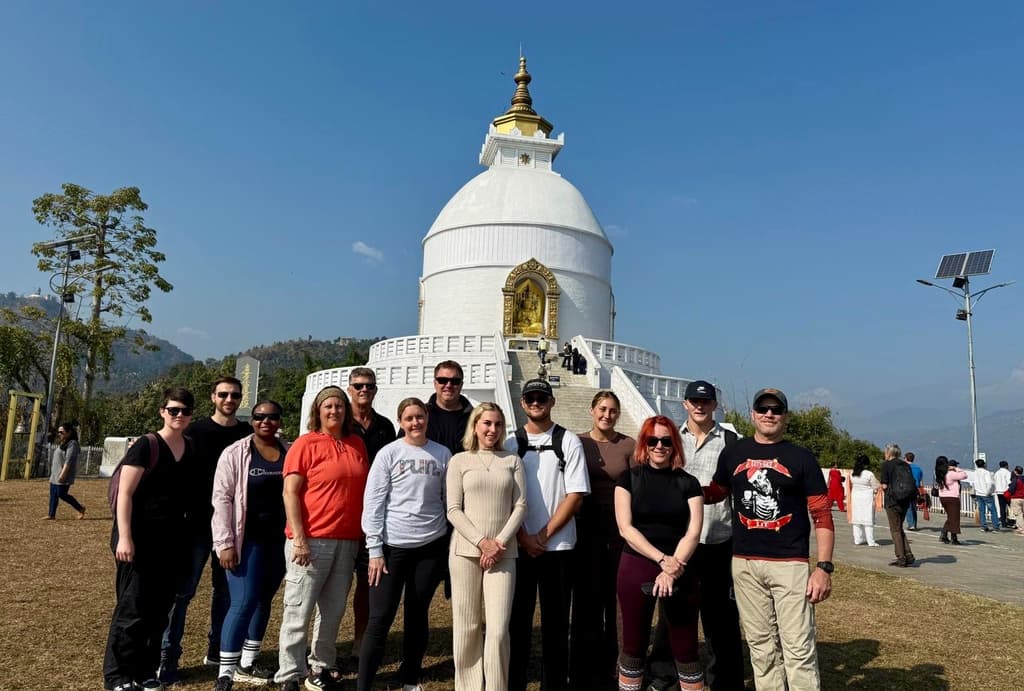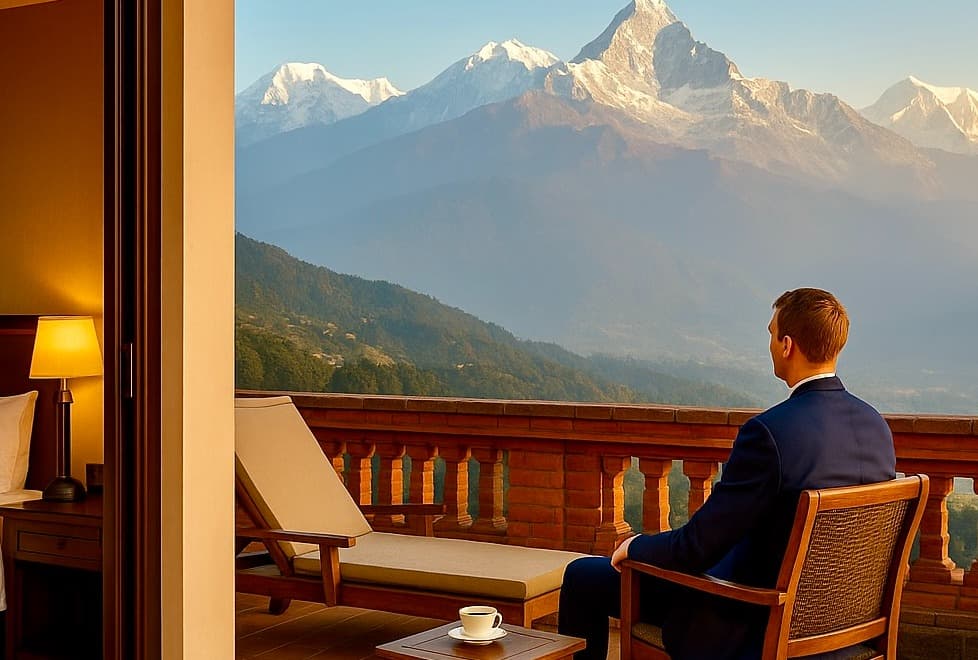Pokhara—The Gateway to the Himalayas
Pokhara, located in central Nepal, is one of the most picturesque and popular tourist destinations in the country. Known for its stunning natural beauty, Pokhara sits at the edge of Phewa Lake and offers breathtaking views of the Annapurna Mountain Range, including peaks such as Machapuchare (Fishtail) and Annapurna I. This city is a hub for adventurers, nature lovers, and those seeking tranquility, making it a perfect base for treks, paragliding, and various outdoor activities.
The city is not only surrounded by natural beauty but also boasts a rich cultural atmosphere. With a combination of stunning lakes, caves, and waterfalls, as well as vibrant marketplaces, Pokhara attracts visitors looking for both adventure and relaxation. The city’s infrastructure is well-developed, with numerous accommodations, restaurants, and shops catering to the needs of tourists.
History
Pokhara has a long history that dates back to the Malla Dynasty and beyond. The region has always been strategically important due to its location between Kathmandu and the Tibetan Plateau. The town was historically a key point for traders traveling on the ancient Salt Trading Route that connected Nepal with Tibet. Over time, Pokhara grew from a quiet settlement to a thriving city, thanks to the development of the tourism industry, which took off in the 1970s with the rise of trekking in the Annapurna region.
Geography and Climate
- Geography: Pokhara is located at the base of the Annapurna Mountain Range in central Nepal, and it is positioned in the Kaski District of the Gandaki Province. The city is approximately 200 kilometers west of the capital city, Kathmandu, and lies at an altitude of 827 meters (2,713 feet). The city is centered around Phewa Lake, which reflects the towering mountains in the background. Pokhara’s topography includes lakes, rivers, forests, and mountains, making it a highly sought-after location for nature enthusiasts and trekkers.
- Climate: Pokhara enjoys a moderate climate, making it a year-round destination for travelers. Summers (June to August) are warm, with average temperatures around 25-30°C (77-86°F), while winters (December to February) are cooler, with temperatures ranging from 7-15°C (45-59°F). The monsoon season (June to September) brings heavy rainfall, making the area lush and green, but also a less ideal time for trekking. The best times to visit are during autumn (September to November) and spring (March to May), when the weather is clear and pleasant.
Pokhara’s Cultural and Religious Significance
- Cultural Heritage: Pokhara is a melting pot of diverse cultures, with Hindu, Buddhist, and Tibetan influences. The city has several Hindu temples and Buddhist stupas that highlight its cultural richness. Some of the prominent sites include the Bindhyabasini Temple, which is dedicated to the Hindu goddess Durga, and the World Peace Pagoda, which offers panoramic views of the surrounding area. The Tibetan refugee camps in Pokhara add another layer to the cultural diversity, where visitors can learn about the Tibetan way of life and enjoy the handicrafts and religious art.
- Religious Sites: Pokhara is home to several important religious sites, including the Maya Devi Temple (the birthplace of the Buddha in Lumbini), and the Gauri Ghat, dedicated to Lord Shiva. The Gupteshwor Cave and Seti Gorge are also sites of spiritual importance. The presence of monasteries and stupas makes Pokhara an important center for pilgrimages.
Tourism and Attractions
- Phewa Lake: The serene Phewa Lake is the heart of Pokhara. It is famous for its boat rides, where visitors can enjoy the tranquility of the water while taking in the stunning views of the Annapurna Range. The Tal Barahi Temple, located on an island in the lake, is also a major attraction.
- Sarangkot: Sarangkot is a popular hilltop destination known for offering panoramic views of the Annapurna range, Machapuchare, and the surrounding valleys. It is also famous for paragliding. Sunrise and sunset views from Sarangkot are breathtaking and are among the top reasons tourists visit Pokhara.
- Devi’s Fall: Devi's Fall, also known as Patale Chango, is a waterfall that plunges into a deep gorge. The waterfall has religious significance and is a favorite attraction for visitors seeking natural beauty and tranquility.
- Gurkha Museum: The Gurkha Museum in Pokhara offers insight into the history of the Gurkhas, the famous soldiers of Nepal. It is a must-visit for history enthusiasts and those wanting to learn more about the Nepalese military history.
- Cave Exploration: Pokhara is home to several caves, including the Gupteshwor Cave and the Bat Cave, where visitors can explore underground chambers and discover hidden sanctuaries.
Pokhara’s Culinary Scene
- Nepali Cuisine: Pokhara offers a variety of traditional Nepali dishes, including dal bhat (lentil soup with rice), momos (dumplings), and sel roti (Nepali fried rice doughnut). These dishes are widely available in local eateries, known as ‘bhattis’.
- International Cuisine: As a tourist hub, Pokhara has a wide range of international cuisine. You’ll find restaurants serving Italian, Indian, Chinese, Tibetan, and continental dishes. Local cafes and restaurants along the lakefront offer a peaceful dining experience with stunning views.
- Street Food: Pokhara also has a thriving street food culture. You can sample chatpate (spicy chickpea salad), samosas, and pakoras (fried snacks) from roadside vendors, especially around the Lakeside area.
- Tibetan Influence: Given Pokhara’s Tibetan community, you can also enjoy traditional Tibetan food, including thukpa (noodle soup), Tibetan bread, and momos (steamed dumplings), which are popular across the city.
Pokhara is a vibrant, culturally rich city that offers a perfect mix of natural beauty, adventure, and cultural immersion. Whether you are trekking in the Annapurna region, exploring ancient temples and monasteries, enjoying the tranquility of Phewa Lake, or indulging in the city’s diverse culinary offerings, Pokhara has something for everyone. The city’s proximity to the Himalayas and its welcoming atmosphere make it a must-visit destination for both trekkers and travelers looking to experience the best of Nepal.





